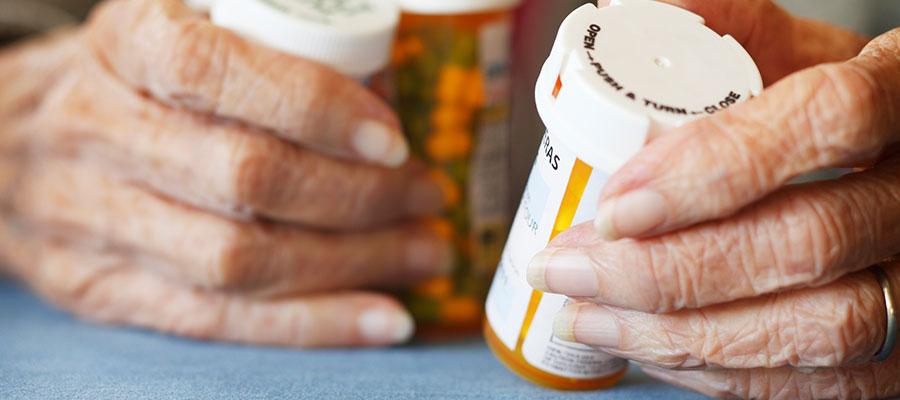Study: More Medicare Drug Plan Enrollees Hitting Out-of-Pocket Limit

The number of Medicare Part D beneficiaries who reach the catastrophic coverage phase of the prescription drug benefit rose by more than 50% between 2013 and 2016, according to an analysis released today by Avalere. The study looked at the 72% of Part D beneficiaries who do not receive low-income subsidies and found more than 800,000 entered the catastrophic coverage phase in 2016, up from about 515,000 in 2013. “Beneficiaries who reach the catastrophic coverage phase have spent thousands of dollars out-of-pocket on prescription drugs,” said Avalere President Dan Mendelson. “Because Part D has no out-of-pocket maximum, these patients will continue to face additional costs throughout the year.” Once in catastrophic coverage, beneficiaries pay up to 5% of their drug costs while the government pays 80% and the Part D plan 15%.

